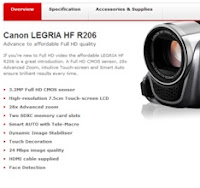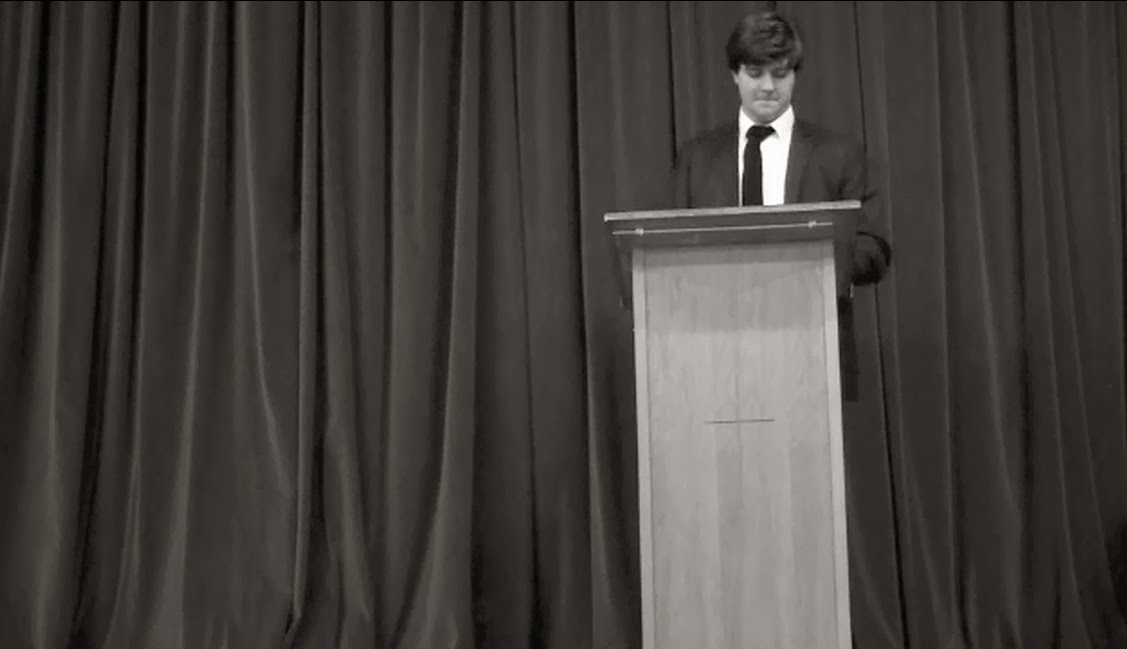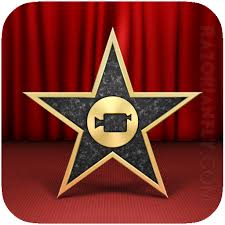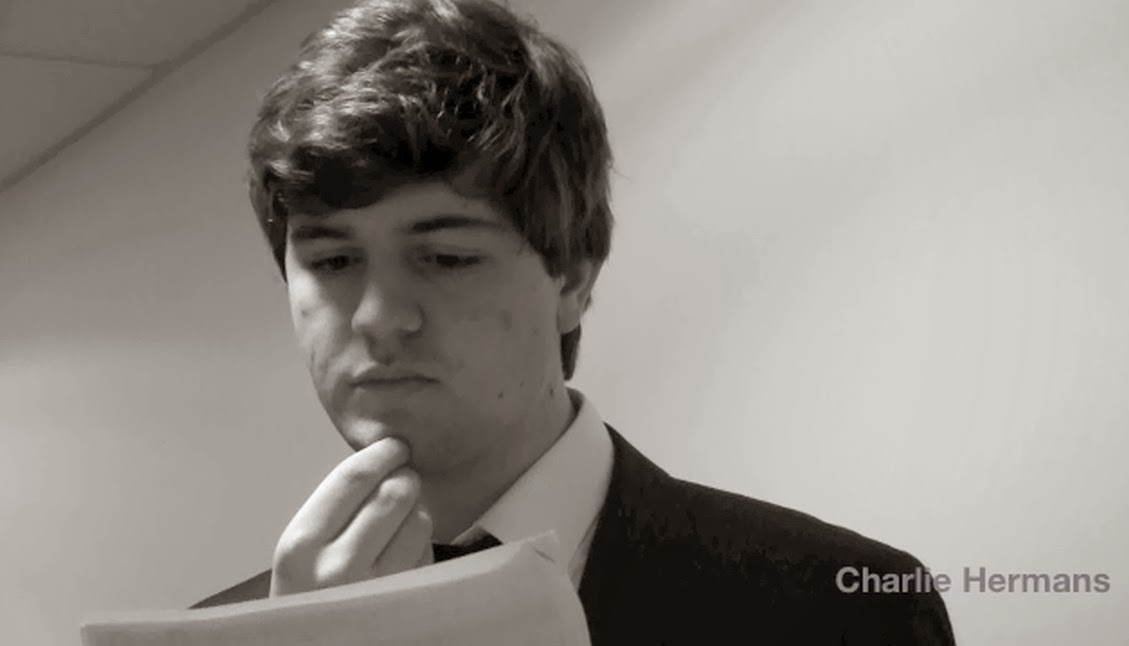Nicole Alex Taro Joseph
Sunday, 23 March 2014
Friday, 7 March 2014
Monday, 3 March 2014
Evaluation Question 4 - Who would be the audience for your media product?
For our final media product, as a group it was decided that we would make an opening sequence based on our chosen genre: political crime-thriller. Our narrative as well as other aspects of our final product had to be appealing to our target audience. Our primary target audience is realistically going to be 25-40 year old males as this is based on what political crime thriller conventions are, what they offer to their viewers and the kind of people that go watch these kinds of films. Although our certificate is 15 rated due to its mildly violent content, it’s story line would be more suited to an older audience.
The reason why our final media product would appeal to our target audience as opposed to younger teens to young adults is because - like our film and many other political thriller films - it mainly focuses on the narrative of the film. The narrative of political crime thriller films as well as my own is that it constantly keeps giving the audience more and more enigmas and tend to be not fast paced but more to real time which is why an older audience would like our film more. Also we want our final media product to be able to make our audience emphasise and be more open minded about the characters and their views on whether what Franco did was right and whether there is some sort of element of truth about Meadows’ party political view. This was achievable because the events that happen on screen are things that can be easily be relatable to the audience and that is an aspect of a political crime thriller which will draw the attention of our target audience.
This is further supported my audience focus group were I had a mixed group of young teens aged between 16 - 18 and my target audience aged 25 - 40 males but I also asked for reviews from women to obtain fairer results. What was found is that the majority of viewers agreed that the kind of people that would be interested in this film based on the opening sequence would be males aged 30+. Young and older groups were both consistent in saying their reason for their answer which was - as I quote one of the responses - because “of its serious nature and mild violence, not a type of movie watched by the younger generation being a political thriller”. Another response was “middle aged men because it focuses on events that a younger audience would not be interested in”.


An example of a political crime thriller is “JFK”. “JFK” is a film that appealed to its target audience because it offered a narrative that kept their audience in the dark about events that were going on screen. As well as that, the narrative was even able to destroy people’s faith in the American political system because it had a strong narrative and that is something we looked to achieve within our own opening sequence.
The film “Argo” is another example that focuses on a very strong narrative like “JFK” but because of its blend with thriller sequences, it also was able to grab its secondary target audience of people aged 18 - 24 roughly but by still grabbing the majority 25 - 40 year olds, just like our opening sequence.
Sunday, 9 February 2014
Saturday, 8 February 2014
Evaluation Question 5: How did you attract/address your audience?
When creating our opening sequence for 'The Right,' we had to consider various methods that would be effective in attracting our targeted audience and then engaging with them. Therefore, we thought this could be accomplished through the choice of actors, the plot and the soundtrack of our film that would both attract and address our audience.
Opening sequence: 'The Right'
Character Casting:
Our actors are all young students around 17-18 years old like ourselves but playing more adult roles. We decided to take this approach to casting so that our targeted audience who are in the same age range as our actors, could relate to the characters in a conventional way and hopefully would want to get to know their back-stories. Another reason we went in this direction was so that our audience may want to aspire to be like some of the characters' roles, such as the detective. This was so that we could duplicate the effect of how people dream of how celebrated their life could be, such as that of the protagonist/action hero they have seen in a glorified film franchise.
Actors: Pierce Thompson (l) & Myles Townsend (r)
Though our actors are teenaged students, we attempted to make them look older in suits, ties and coat. Consequently, we came up with framing the camera whenever possible to a mid or long shot to portray their clothing to get a sense of the characters' representations. For example, Pierce's character wears a formal suit and tie connoting that as an adult male, he is smart and business-like which is what one section of our audience want to strive towards in terms of careers. However, when it came to close ups (like the one below), our actors had to put on more serious facial expressions to counter-stereotype teenagers being casual and laid back about real life situations.
Storyline/Plot:
As part of our briefing to create a thriller opening sequence, and in keeping to the time limit of around 2 minutes, there was very little time to convey an interesting overall film plot which we would then have to condense. For that reason, we decided to take advantage of this by having a restricted narrative whereby information is withheld from the audience. An example of this, is that the assassin's identity is not revealed and the politician's (Meadows) death is unexplained. This creates an enigma and a sense of mystery that thriller audiences expect and thrive on in this type of film genre. From this, audiences can now interpret who the assassin might be since the one character we did portray frequently, was Franco (Myles). They are denoted to have some sort of narrative relationship between each other through cross cutting, specifically the dart scene where the final dart thrown by Franco is synchronised with Meadows' (Pierce) death.
Franco throws darts whilst Meadows gets shot
Clip from opening sequence making use of cross cutting as a typical code and convention of the thriller genre to create tension that attracts and addresses our 'thriller' specific audiences.
Musical Score:
This works similarly to the plot of the opening sequence in that it addresses thriller audiences through typical codes and conventions of the genre, but it supports the visual experience on screen. Our score contains elements of mystery and intrigue as well as tension and suspense to draw our audience in and evoke these types of feelings and emotions by relating the music to the dramatic atmosphere of the film.
This sound clip is from the track 'Final Curtain' which we used towards the end of our film as a dramatic finish as the title implies. In this piece of music, the mood is consistently tense and mimics the type of feeling you get when there is something at the back of your mind but you do not know quite what it is. This feeling of suspense is represented through certain points during the piece when the music reaches a high pitch and then back down again like a heartbeat that is building up to something.
Below is a track from the science-fiction thriller film 'Inception' which inspired us when sourcing our own music which is why it is similar to our track above. It also follows the codes and conventions of the thriller genre by slowly but steadily building up tension until the plot climax.
This sound clip is from the track 'Oddly Astounding' which is used in the first half of the opening sequence. The tone is quizzical and mysterious which is meant to present the same types of feelings and reactions that the audience are undergoing as a result of being dropped into the middle of the story through non-linear editing.
To get a better understanding of what we as a group could do to improve our opening sequence, we uploaded it onto video sharing websites such as 'Facebook' and 'YouTube' to obtain audience opinions.
'Facebook' & 'YouTube' layouts
This distribution led to constructive criticism which helped us in that we understood that we needed to change the audio levels, specifically referring to the actors' dialogue. As well as this, viewers were confused at the end of the sequence which is both good and bad. It is good in that this is what we wanted to accomplish - to create an enigma that audiences would want to watch more of the film to understand. Though, it might be too confusing to the point where people do not have a desire to watch more because they are not interested. This is similar to the film mentioned before, 'Inception' which had the reputation of befuddling audiences and viewing figures between who enjoyed that type of film and those who did not were split.
Friday, 7 February 2014
Evaluation Question 6: What have you learnt about technologies from the process of constructing this product?
Throughout the entire process of creating our thriller film opening sequence, we made use of various technologies that the 21st century has to offer. To make our project what it is now, we researched, planned, filmed and finalised our production.



PLANNING/RESEARCH:










PLANNING/RESEARCH:
The two most important aspects of this first stage were the internet in general and the website 'Blogger'. Firstly, the internet allowed us to conduct research on the thriller genre by looking at these types of films and the various subgenres that go with it to inspire and so shape our own ideas. Our approach was to use the internet to discover films that would motivate us, to see what kind of audiences enjoy what and to then find specific examples to interpret. Therefore, through search engines like 'Google', we used: film review websites such as 'Rotten Tomatoes' for insights on popularity and audience attendance, 'IMDb' to get synopses for films which would give us an idea about what makes a good thriller film. We investigated 'YouTube' to find film clips that would illustrate what the typical codes and conventions that directors utilise and that we could also integrate.
From websites like these we were able to see what kind of thriller films audiences enjoyed watching and consequently guiding our thoughts as to what direction our film should take to make the best possible opening sequence we could film.
By using this website we were able to research films with concise plots that would allow us to take in various ideas for codes and conventions of the thriller genre that we wanted to cover in our own opening sequence. The search engine was very user-friendly in that if we found a film that showcased our plans, then 'IMDb' would suggest other similar films and this helped the research process go a lot faster.
Through 'YouTube', we were able to look up specific examples of films or other relevant material regarding our research. This allowed our research to go into more depth by utilising multimedia rather than just text to present our findings. As well as this, 'YouTube' was also one of our main ways to distribute our film to audiences.
Pros:
- 'YouTube' as a means of viewing is very good because it is a mainstream form of distribution with features such as the share button which links to new media websites such as 'Facebook' and 'Twitter' where more people can see it because it is on more platforms.
- The website also has a statistics button which displays how many people have seen it and how effectively it has been distributed through numerical figures.
- Videos are recommended based on browsing history which benefited the research process by making it easier to discover related video content on thrillers.
Examples taken from different videos on 'YouTube'
Cons:
- The feedback in response to the video is varied and dependent on the individual. Often people give one line reviews with little explanation or 'constructive' criticism to help evaluate our film.
- Once it has reached other video sharing websites it is hard to review and evaluate in the same way as 'YouTube' offers.
- Some recommended videos were off-topic or brief which led to wasted research time and possibly could have altered our film to be something different from what was meant to be achieved. For example, after watching an opening sequence to a horror film with thriller elements, our sequence may have been more horror-like which is incorrect because the genres are different.
To demonstrate all we had gathered thus far, we used 'Blogger' as a media tool to organise and present our findings and everything else in an efficient way. It allowed us to present this as a multimedia blog post which meant that: we could modify the layout and design e.g. change the typography, include pictures and even videos by incorporating new media such as linking these videos from the aforementioned 'YouTube'. As well as this, to make it easier to collaborate our ideas better, we were able to publish our blogs in a certain order so that we were able to find and read the posts in a simpler way rather than searching through piles of our collaborated collection of information. It was all a learning process and after multiple uses of the website, we became familiar and acquainted with this technology as it proved a useful tool as the video below demonstrates.
Video showing the features of Blogger's posting system that we made use of
PRODUCTION:
During the actual filming, we were given just a camera and a tripod to work with and made the best out of the features they had to offer. The DV (Digital Video) camera that we used was a Canon LEGRIA HF R26 which was miniaturised and therefore portable, and more importantly user-friendly, and as a result benefitted the production process of our film.



Video detailing the main features of the camera which are useful for film-making

As an example of how technology shaped our film, here is a shot of our actor playing a politician about to give a speech. From the preliminary task we had learned that the camera would allow us to zoom out all the way to portray a wide angled long shot which allows the audience to see the features such as his suit, the podium and the curtain in the background. We capitalised on these features so that the framing captured the connotations of the character's role precisely. It was easy to accomplish this because the camera had the ability to play back footage so that we could review it whilst on location to get our desired shot instead of finding out too late at post-production.
With this shot, the audience sees, the detective for the first time with the camera aiding his first impression. The camera is able to auto-focus on the most important part of the mid shot, which is the actor's face, and the seriousness connoted because of it. It also automatically adjusted the lighting so that the shot was not too bright but still allowed it to be flexible with the addition of a black and white visual filter. The precision and clarity of the technology of the camera is even visible with the picture and text of the book in his hands. This meant that our audience will know that the book is an inter-textual reference to the world's greatest fictional detective, Sherlock Holmes.
During this scene, dialogue was exchanged between two actors, therefore demonstrating that we made use of the built-in microphone. This was useful as it recorded the audio together with the video rather than us having to hold a microphone over the actors out of frame and sync the audio later as in some productions. However, we learnt beforehand in the preliminary task that the camera's ability to pick up sound quality was not great which is why we based the opening sequence entirely around indoor locations to get the best quality.
POST-PRODUCTION:
For this phase we used hardware which was the 'MacBook Pro' and the software that was included as a consumer audience product known as 'iMovie'.

The MacBook has clear audio speakers to listen to our opening sequence, and with good quality and a long lasting battery which allowed our group to work on the project for as long as we needed to.
One aspect of the software iMovie was that it contained different preloaded elements in the program which meant that we could create an authentic opening sequence to a film by adding in atmospheric scores, genuine titles and captivating effects. Though, the problem with all these aspects being preloaded is the fact that as these are the only choices offered, it makes things limited. Therefore, we had to get around this problem by looking up tutorials such as the one below and source titles and scores from other sites on the internet such as Freeplay Music and Stock Footage for Free.
iMovie allowed us to work in a non-linear editing style unlike traditional linear filming. This meant that we were able to film different scenes in no particular order on suitable dates for us because editing now is as simple as dragging and dropping footage from these sessions into the correct order. It took a while to get used to but once we did, it helped out massively with post-production. For example, the two shots above are an illustration of cross cutting which shows that these two characters are narratively related to each other. Both of the shots were filmed on different days in different locations and thanks to non-linear editing, all our compiled footage could be rearranged to suit our narrative plot.
With this post-production software we could also use effective transitions to sew together our film rather than simply cutting shots together. The first shot demonstrates a fade to white which we made use of to connote that the therapy patient is having a flashback of prior events.The second shot is a more complex morphing transition where the shot of this character turns into the shot of a victim. This is to support the radio voiceover about the two deaths, and the significance of this transition is to show that it is purely intended for the audience to witness, much like how a non-diegetic score works.
Subscribe to:
Comments (Atom)



















